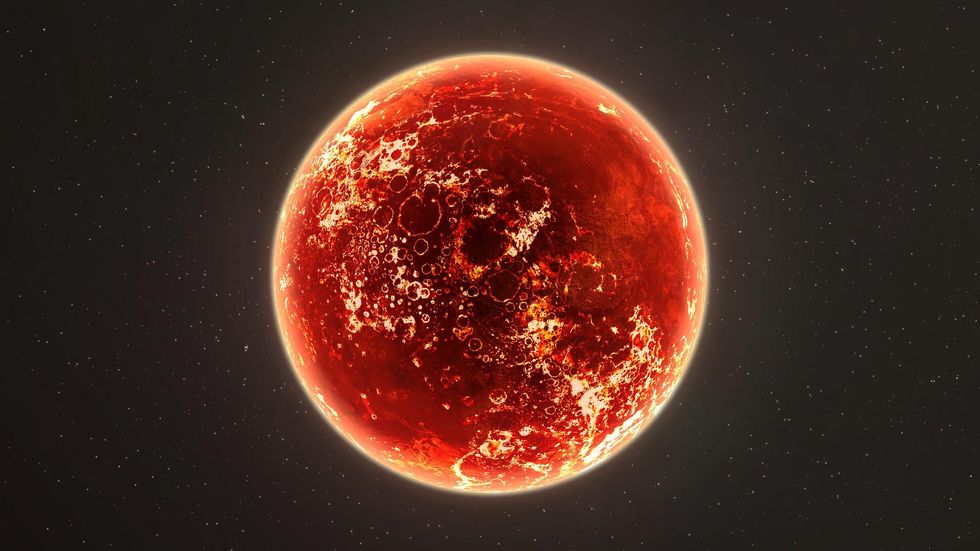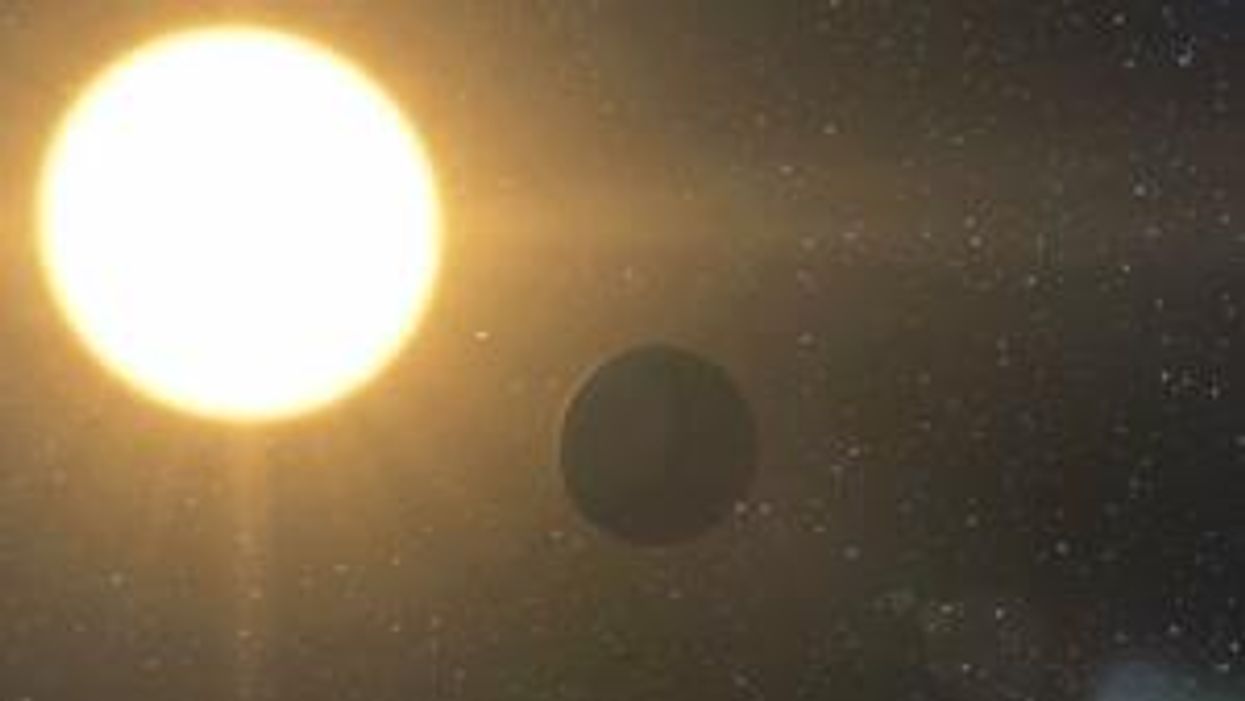Harry Fletcher
May 27, 2022
Astronomers Have Discovered a Nearby Super-Earth in the Habitable Zone of a ...
Amaze Lab
There’s a new item of interest in our solar system, after Japanese astronomers discovered a 'super-earth' which could be close enough to its star to be hospitable.
As Science Alert reports, the super-terrestrial exoplanet has four times the mass of the Earth.
It was discovered by the Subaru telescope at the National Astronomical Observatory of Japan in Hawaii, and can’t be seen with the naked eye.
It can be found around a red dwarf called Ross 508 and is found a relatively short 36.5 light-years away.
Sign up to our free Indy100 weekly newsletter
The exoplanet has been named Ross 508 b due to the proximity to the red dwarf – which it orbits every 10.75 days.
While more details about Ross 508 b are still waiting to be found, we do know so far that it has a radiation incident 1.4 timer greater than the Earth. It is also expected to have a rocky rather than gaseous composition.

More than 5,000 exoplanets have been discovered in our galaxy and some could host life, with experts estimating that billions more could be waiting to be discovered.
Super-earths have been some of the most talked-about objects in the solar system over recent times, and it’s now been reported that the James Webb Space Telescope will examine two hot super-Earth planets, one with oceans made entirely of lava.
Nasa announced that the research will focus on two rocky worlds: the lava-covered 55 Cancri e and the airless LHS 3844 b.
Studying them could help scientists to learn what the early Earth was like, and possibly give new insights into exploring foreign worlds.
It comes after one of the significant finds of its kind came back in 2021, when scientists found another nearby super-Earth just 26 light years away.
The new world is called Gliese 486b and is referred to as a super-Earth because it is solid and rocky like our own world, but much bigger.
Have your say in our news democracy. Click the upvote icon at the top of the page to help raise this article through the indy100 rankings.
Top 100
The Conversation (0)














